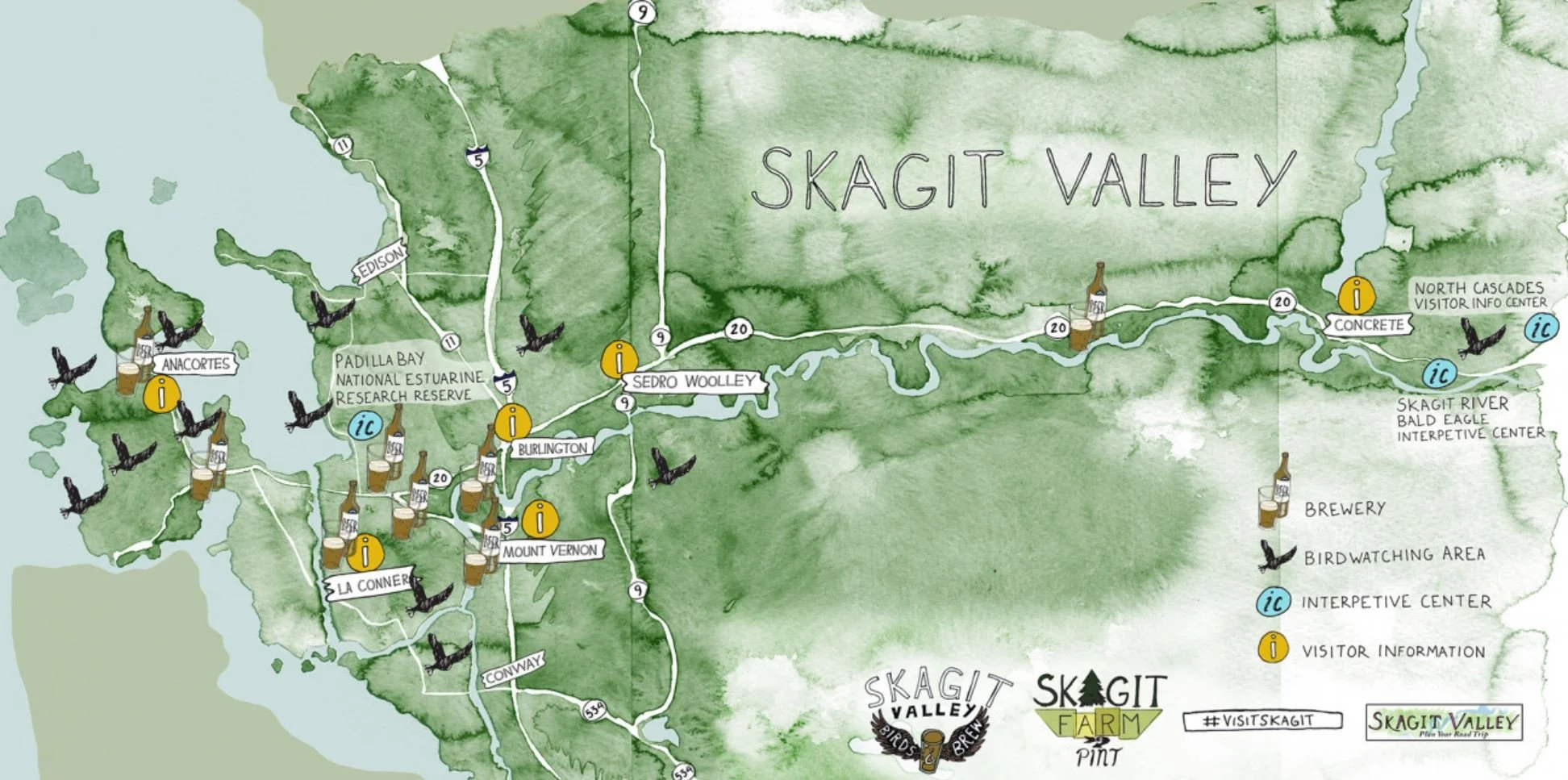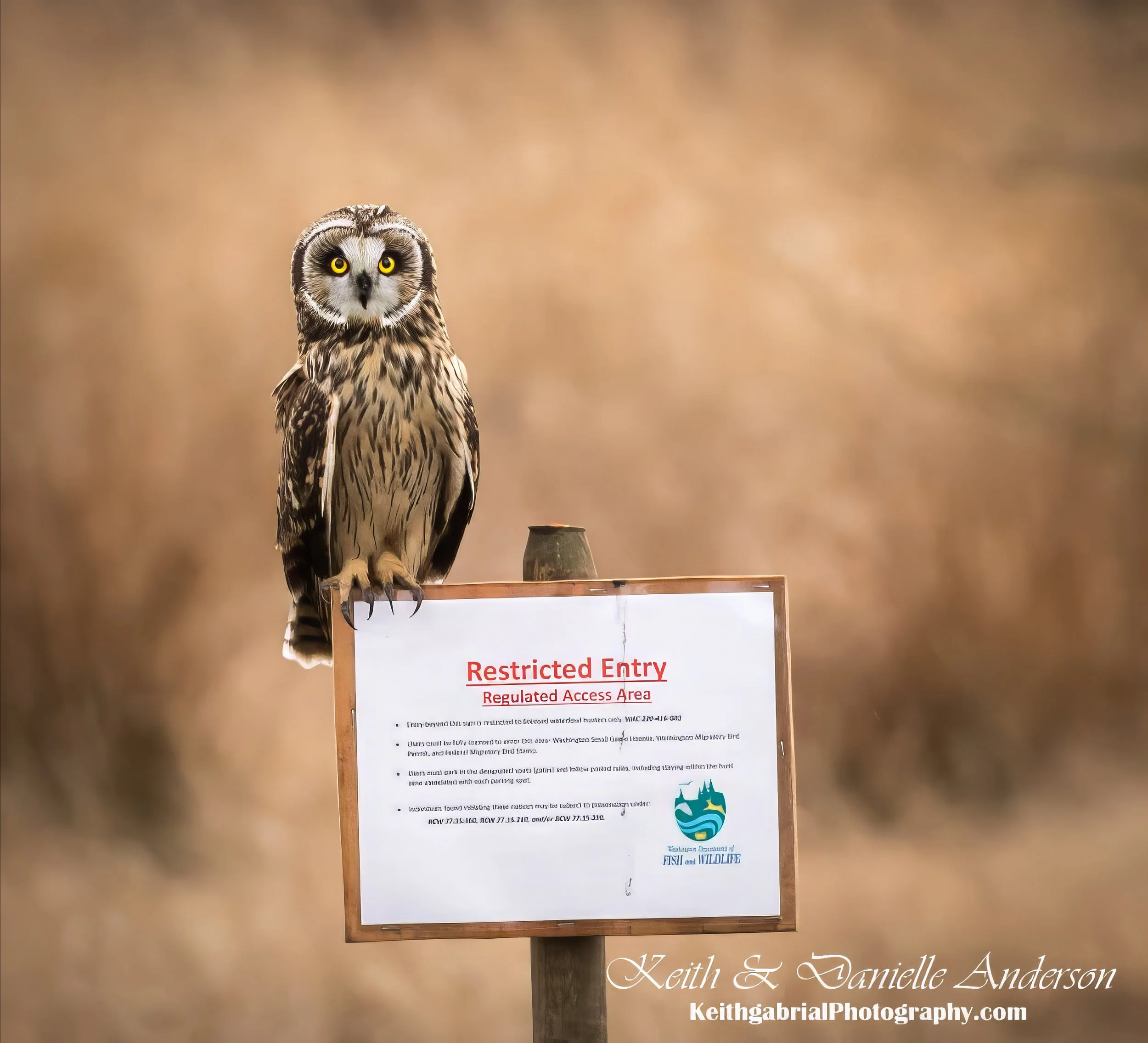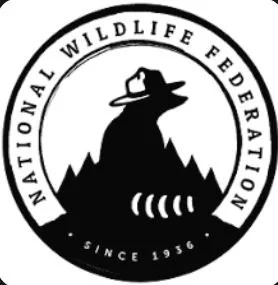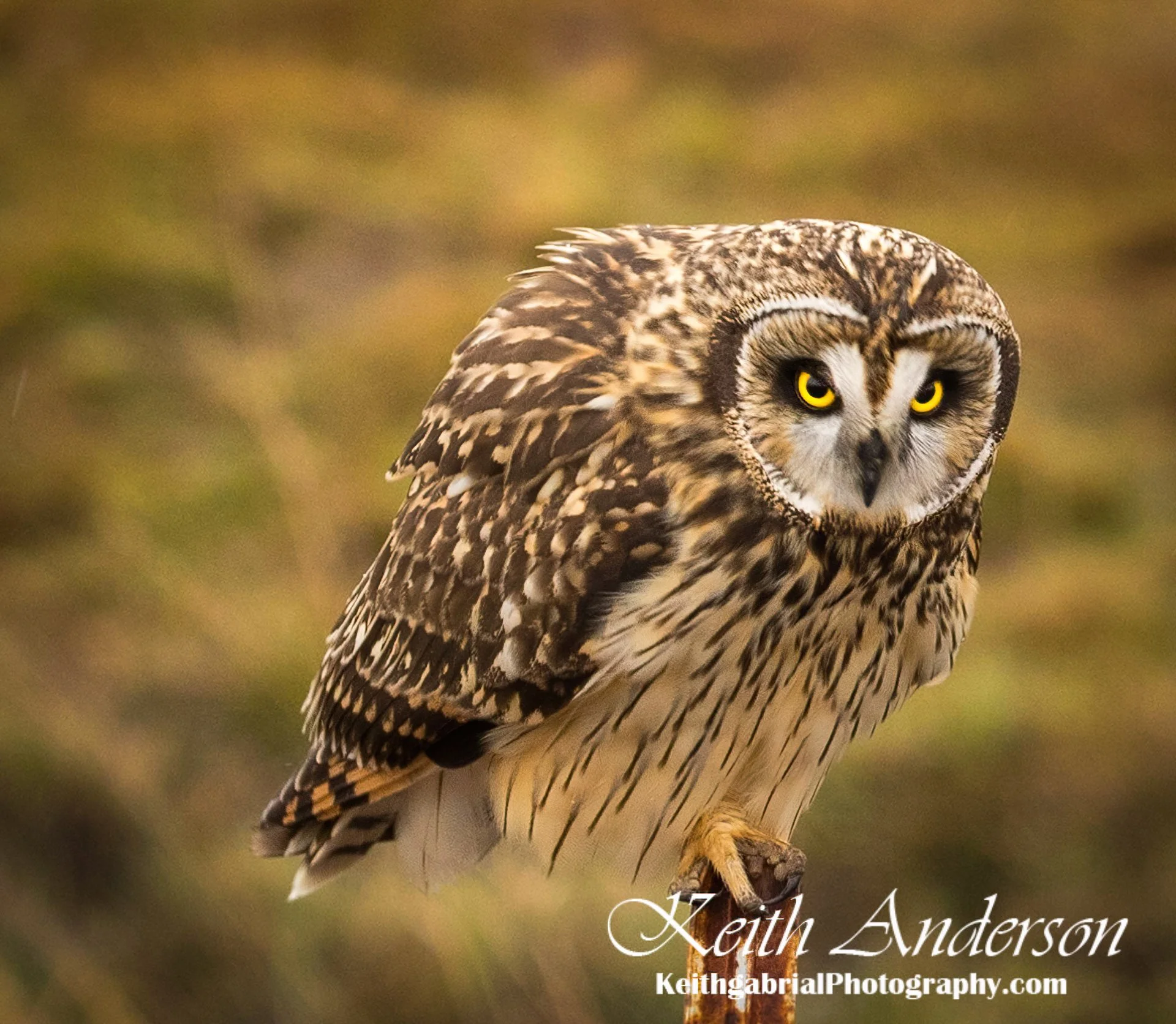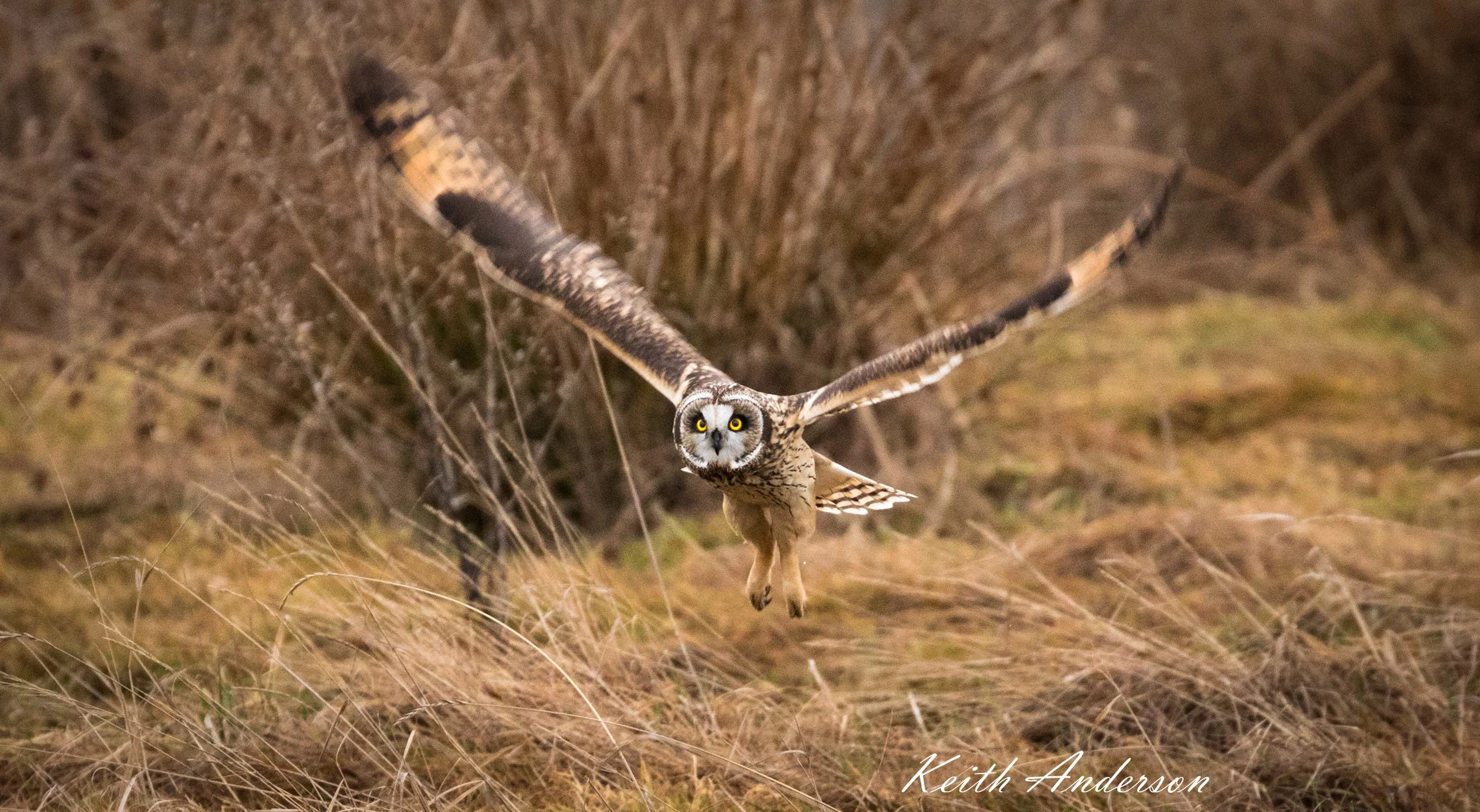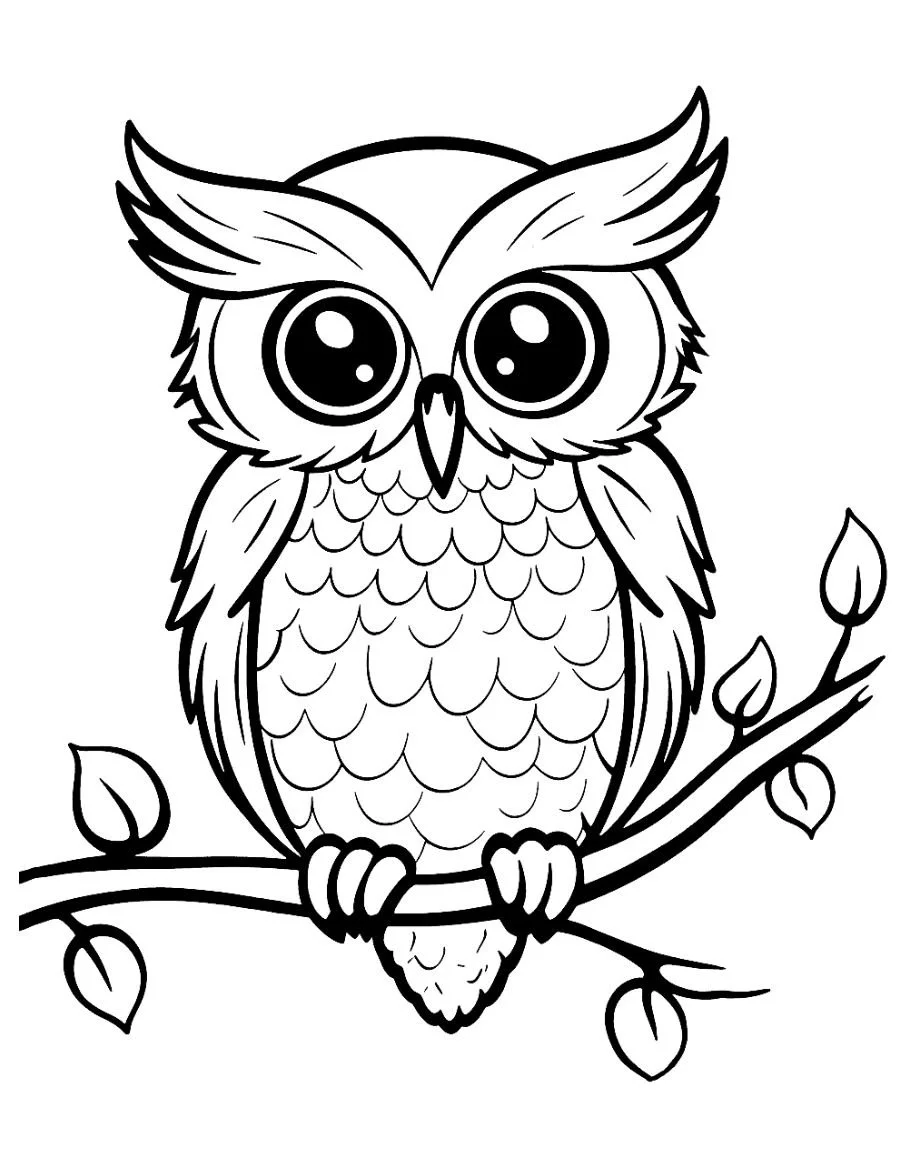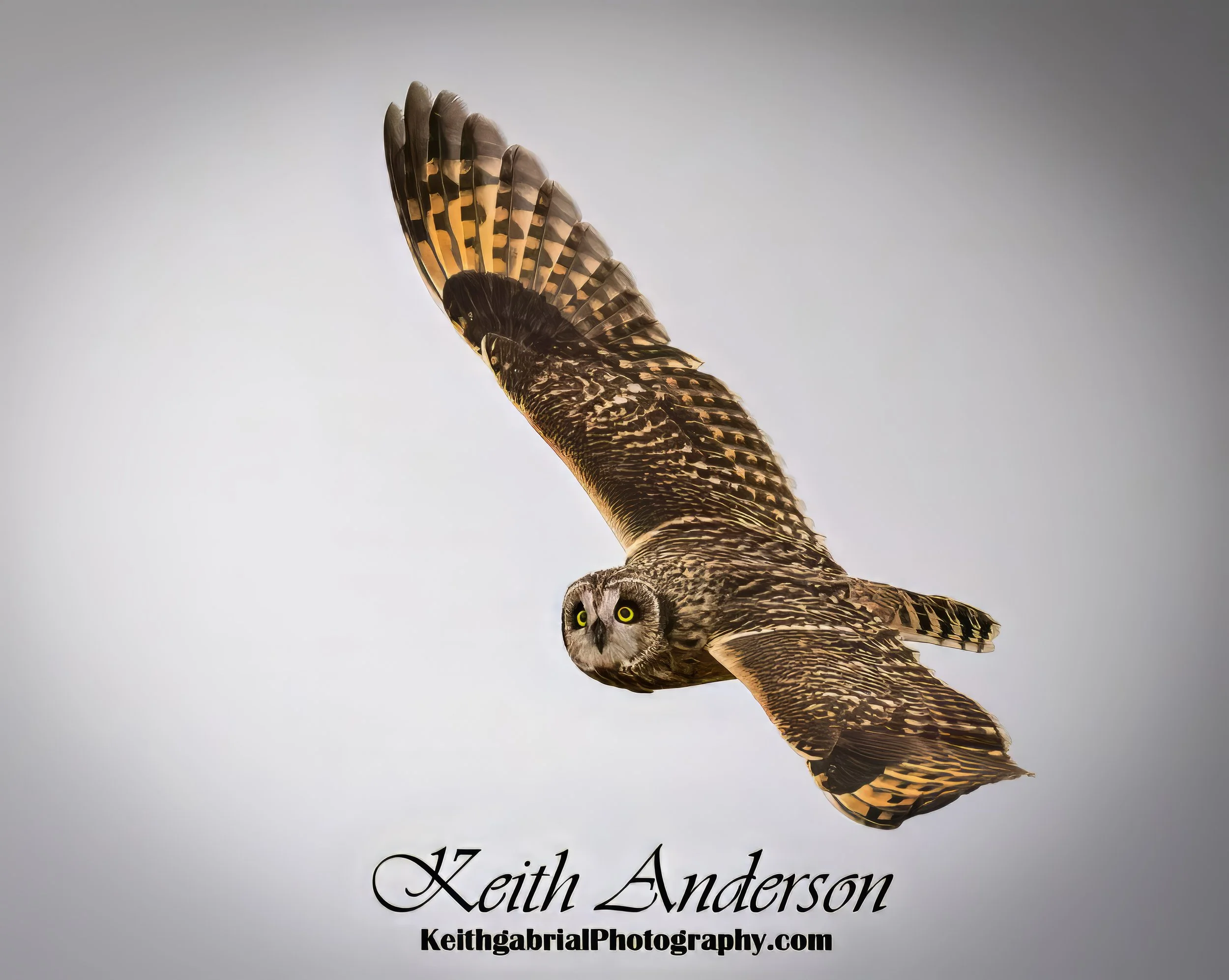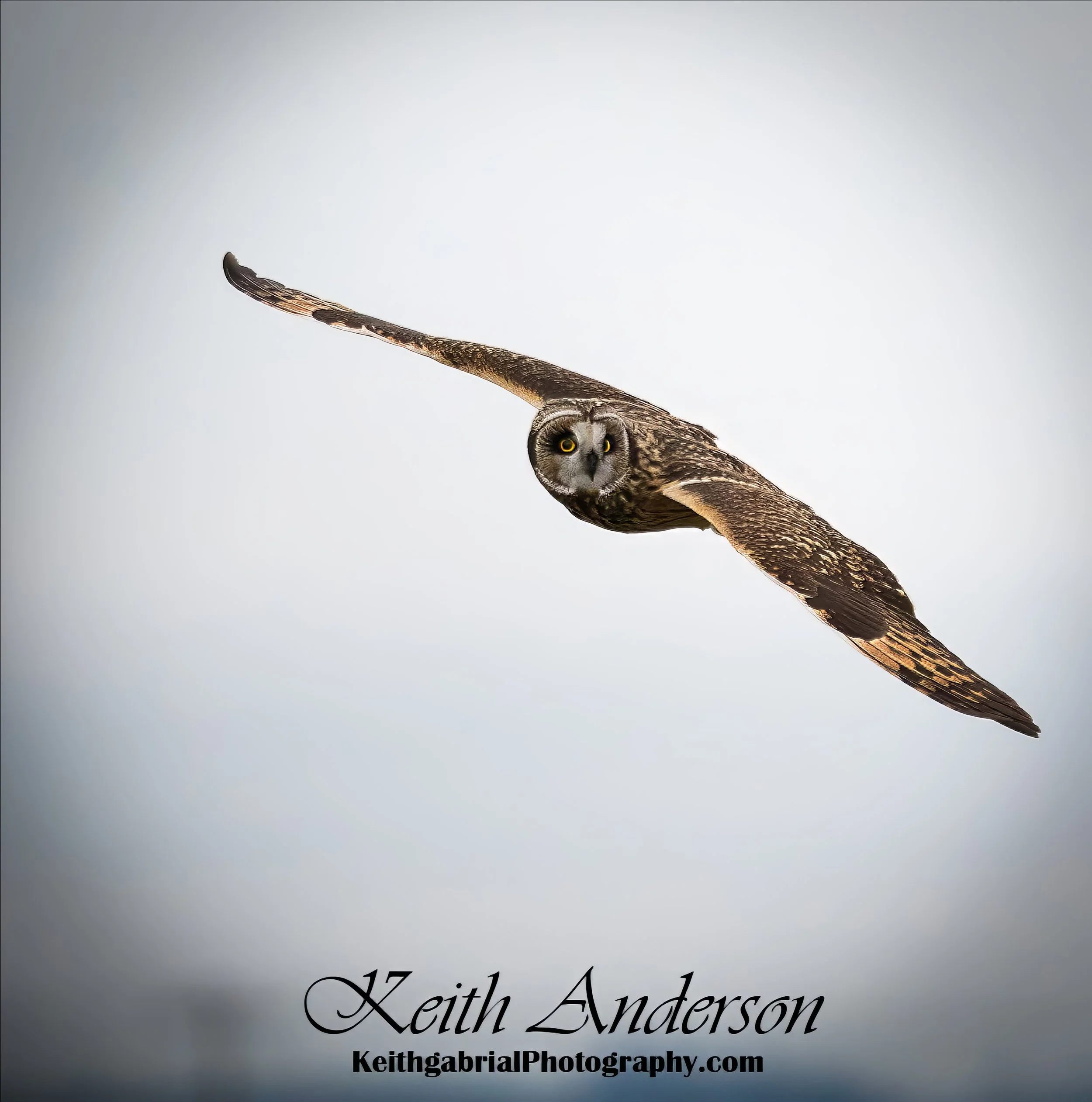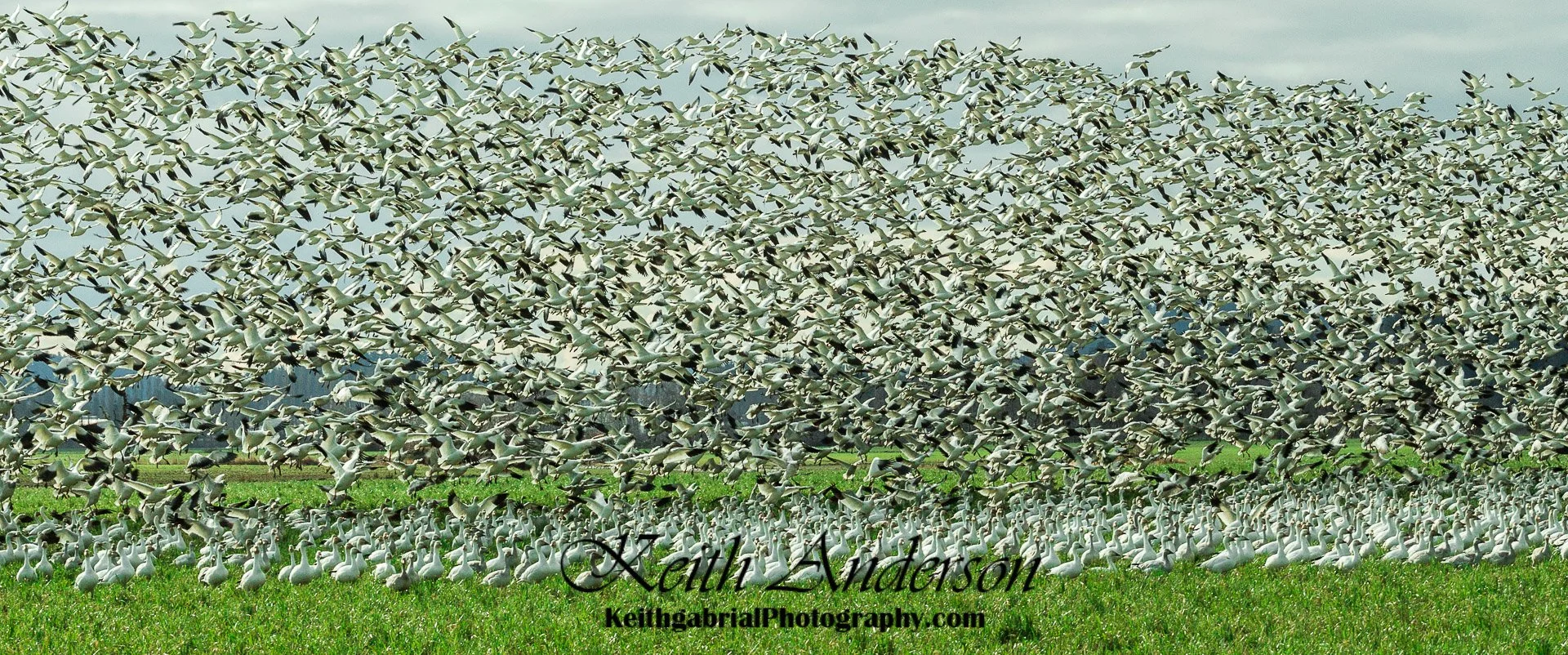Keith Anderson Photography
Exploring the World of Short-Eared Owls in Skagit Valley, Washington
Before we delve deeper into conservation efforts, let's explore some fascinating facts about owls that make them unique inhabitants of the Northwest:
1. Silent Flight
Owls have specialized feathers that allow them to fly silently, giving them a distinct advantage in hunting and surprising their prey.
2. Exceptional Vision
Owls have large eyes and excellent night vision, making them formidable hunters in low-light conditions.
3. Head Rotation
Thanks to some additional vertebrae in their neck, owls can rotate their heads up to 270 degrees. This incredible ability helps them scan their surroundings without moving their bodies.
4. Diverse Species
The Northwest is home to a variety of owl species, each with its own unique characteristics and adaptations to the local environment.
Conservation Communities Taking Action
Remember, wildlife photography is not just about capturing images; it's about fostering a deeper connection with nature and sharing the wonders of the animal kingdom through your lens. So, grab your camera, venture into the wild, and let your passion for photography unfold!
Global Owl Project
The Global Owl Project is actively seeking your photographs, insights, and observations about wild, free-flying owls. Perhaps you remember the very first owl you saw (or that saw you!), have photographs of owls nesting in your backyard, or know of some photos/stories of owls you encountered on your latest outing. Take a moment to share these treasures!
Owl Research Institute
Committed to the conservation of owls, the Owl Research Institute works on monitoring owl populations, understanding their ecology, and advocating for habitat preservation. Their efforts extend to education and community engagement to raise awareness about owl conservation.
Together We Can Make a Difference
As photographers and nature enthusiasts, we have the privilege of capturing the beauty of owls through our lenses. Yet, with this privilege comes the responsibility to contribute to their conservation. Supporting local conservation communities, raising awareness about the challenges owls face, and actively participating in habitat preservation initiatives are tangible ways we can make a positive impact. Let's come together to ensure that future generations can experience the awe-inspiring presence of owls in the wild. Join the conversation, share your thoughts, and let's build a community dedicated to protecting these incredible birds and their habitats.
Quote Of The
Month
Conversations on Owl Conservation in the Northwest
A Glimpse into My Journey
As I ventured into Skagit Valley to capture the grace of short-eared owls, every moment felt like a privilege. The connection with nature, the thrill of observing these owls in their habitat, and the satisfaction of translating that experience into visual art is a journey that I am excited to share through my lens.
Join me in celebrating the magic of Skagit Valley and the enchanting short-eared owls. Stay tuned for more adventures as I continue to explore the wonders of wildlife through the lens of Keith Anderson Photography.
The Silent Struggle: Depleting Owl Numbers in the Northwest
As we immerse ourselves in the beauty of short-eared owls in Skagit Valley, it's crucial to acknowledge the challenges these magnificent creatures face in the broader context of owl conservation. Across the Northwest, including Washington State, the populations of various owl species have been experiencing a decline.
A Glimpse into the Short-Eared Owl's World
Did you know that short-eared owls are found on all continents except Australia and Antarctica? Often colloquially referred to as the swamp owl or bog owl, these fascinating birds have made Skagit Valley their temporary home. Using a variety of vocalizations, their winter roosting calls differ from the traditional owl hoot, adding a unique charm to the experience.
Tips & Techniques for Capturing the Elegance of Short-Eared Owls
Photographing wildlife, especially elusive creatures like short-eared owls, requires patience, skill, and a deep understanding of their behavior. Here are some photography tips and techniques to enhance your experience:
1. Understand Owl Behavior
Short-eared owls are known for their unique hunting style. They often hover low over fields, searching for prey. Understanding their behavior allows you to anticipate their movements and capture striking images.
2. Research & Patience
Before embarking on a wildlife photography adventure, research the species to understand their behavior, habitats, and the best times to spot them. Patience is key; be prepared to spend time waiting for the perfect shot.
3. Choose the Right Equipment
A telephoto lens with a focal length of at least 300mm is essential for owl photography. This allows you to maintain a safe distance and capture detailed shots without disturbing them.
3. Be Mindful of Lighting
Early mornings and late afternoons offer soft, warm lighting that enhances the beauty of your photographs. Pay attention to the direction of light and use it to your advantage.
4. Focus on Composition
Compose your shots thoughtfully and incorporate the natural surroundings of Skagit Valley to add depth and context to your photos.
5. Focus on the Eyes
The eyes are the windows to the soul, even in the animal kingdom. Ensure your subject's eyes are in sharp focus, as this adds a sense of connection and emotion for your viewer.
6. Shoot at Eye Level
Whenever possible, position yourself at eye level with your subject. This technique creates an intimate and engaging view, allowing your audience to connect with the animal.
7. Patience is Key
Wildlife photography demands patience. Spend time observing the owls, and be ready to seize the moment when they display their distinctive behaviors.
8. Respect Wildlife & Their Habitat
Always prioritize the well-being of the wildlife. Maintain a safe and respectful distance from animals to avoid causing stress or disturbance. Use long lenses to capture close-up shots without intruding on their natural behavior.
9. Post-Processing with Care
While post-processing can enhance your images, strive for a natural and authentic look. Avoid over-editing and focus on refining exposure, sharpness, and color balance to bring out the best in your photographs.
As winter takes hold of Washington State’s picturesque Skagit Valley, nature enthusiasts and photographers alike have the opportunity to witness a genuinely captivating spectacle – the short-eared owls. Nestled in the heart of the valley is Samish Flats, also known as ‘the West 90 location’, which becomes a haven for these enigmatic creatures.
Spotlight
I just recently joined the Rainer Hills Photo Club in Buckley, Washington. Their monthly photo contest theme in December was Best of 2023. I submitted two photos and my Seattle Space Needle won and was highlighted for their website’s December Story Behind the Photo feature. The link below is where you can read the story about how I captured this photograph.
“In our hands now lies not only our own future but that of all other living creatures with whom we share the Earth.”- David Attenborough from the Life On Earth documentary.
Habitat Preservation Initiatives
Various local organizations and community groups are working to protect and preserve the habitats critical for owl survival. These initiatives focus on maintaining the delicate balance between urban development and the natural environments that owls call home. (The logos shown link to their websites.)
Timing is Everything
If you're planning to capture these incredible owls in action, timing is key. The West 90 location is a hotspot, but remember that this area is reserved for waterfowl hunting until the end of January. Nevertheless, you can often observe these majestic creatures from the roadside, ensuring you don't miss out on this remarkable sight.

